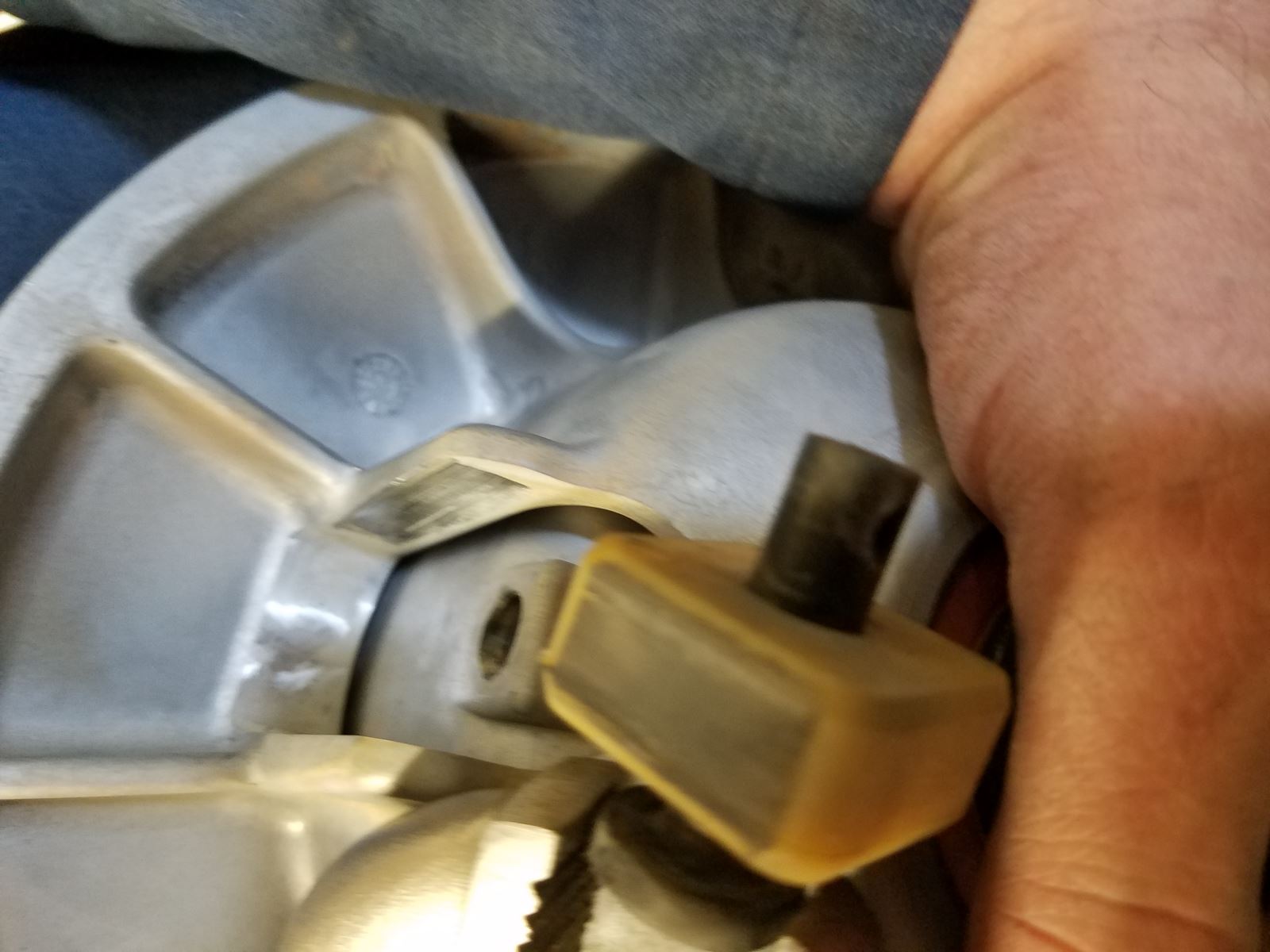LOOKING FOR CRACKS

If you ever see a crack starting on a clutch sheave (typically found on the drive clutch where the shaft and the sheave meet), discontinue use immediately and replace the clutch. Even a small crack, when exposed to heat, vibration and centrifugal force, will propagate quickly, ending up in a broken clutch. While cracks in sheaves are not that common, it is something to keep an eye open for because if it breaks at high rpm, usually it will fly into the driven clutch with enough force to damage the driven beyond repair, not to mention tearing up the clutch cover. Having to purchase both clutches and an inner and outer clutch cover is an expensive repair that can be avoided by a periodic inspection. I would recommend this be done at least annually depending on use.
When reinstalling the clutch cover, ensure that the seal is in place. Failure to do so can allow water ingestion into the clutch cover during creek crossings and such. This will result in belt slip-page, premature wear and clutch failure. There is a drain plug in the bottom of most clutch covers. If you suspect you have water in your cover, pull the plug and drain it. Let the clutches dry or pull the clutch cover and dry the clutches and the cover. Even a small amount of moisture on the clutches can cause them to slip on the belt, creating lots of heat and damaging the belt and clutches if use continues.
In my opinion, everyone should carry a spare belt, the tools to change it and bone up on the knowledge to per-form the task quickly in the field. Even though belts are very durable, they can break and usually when this happens, you will be out in the middle of no-where. To keep from being stranded or having to be towed back on a short leash, keep a spare belt and the tools to change it somewhere in your car. I typically carry a clutch cover removal tool and a driven clutch compression tool. SLP offers these specialty tools as a kit. They are relatively inexpensive and make the job pretty easy. Most belts can be changed in 15 to 30 minutes time.

